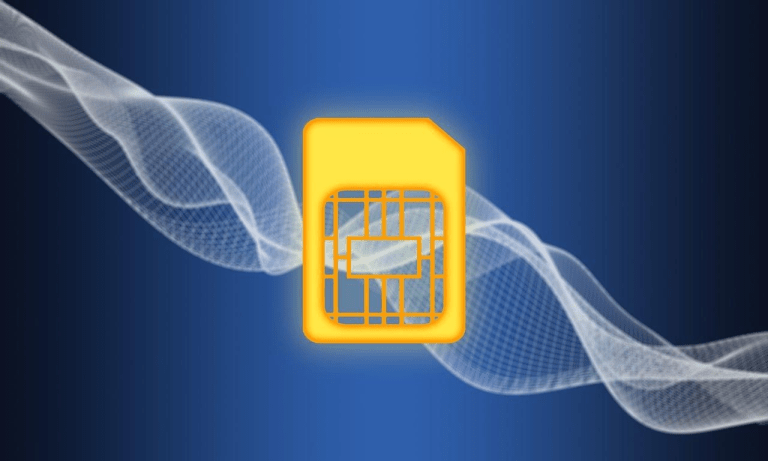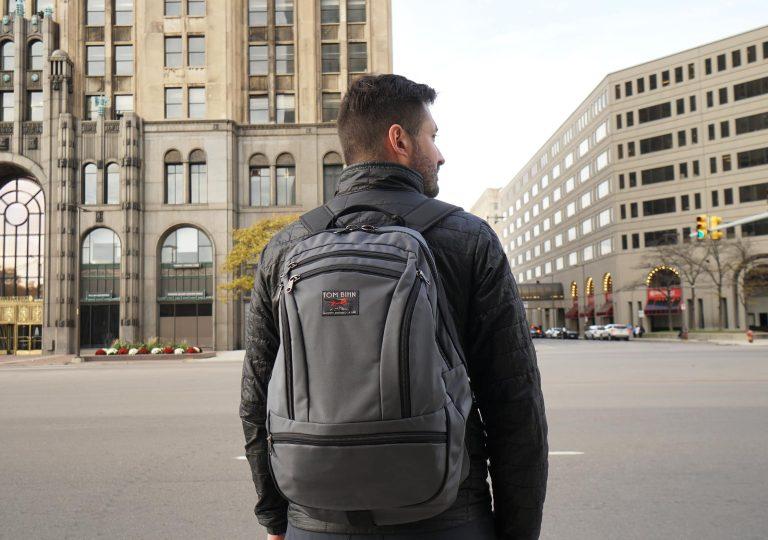The Science of Turning Ideas Into Tangible Models
Every great invention starts as an idea, but how do those ideas become real, physical models we can see and touch? That’s where science, technology, and creativity come together. From digital design and 3D modeling to advanced materials and rapid prototyping, modern tools make it possible to transform imagination into reality faster than ever. This process isn’t just for engineers; it’s for anyone with a vision to build.
In this blog, we’ll explore the fascinating science behind turning abstract thoughts into tangible models that shape innovation across industries.
Understanding the Brain’s Role in Innovation
Your brain treats abstract ideas and physical objects completely differently. It’s fascinating, really. When you’re just imagining something, certain neural pathways light up. But the moment you’re gripping a real prototype? Entirely different circuits fire.
Evolution wired your brain for physical interaction, not theoretical speculation. That’s why purely conceptual ideas stay fuzzy and incomplete, your mind literally can’t fully process them without external reference points. The concept to prototype process exposes every gap in your thinking you didn’t realize existed.
Something remarkable happens during user testing. Mirror neurons activate when you observe others handling your prototypes, delivering feedback that pure thought never could. This neurological phenomenon explains why watching real people use your creation reveals insights that traditional focus groups completely miss.
Making Mental Models Real
Ever notice how ideas evaporate if you don’t capture them immediately? That’s your working memory at play. During prototyping, your visualization centers work overtime, strengthening neural pathways through repetition. Science proves that turning ideas into models literally restructures your problem-solving capabilities, building stronger mental frameworks for future innovations.
Proven Methods for Idea Prototyping
Smart innovators follow systematic frameworks that reduce risk and compress timelines. These aren’t theoretical exercises; they’re battle-tested methodologies.
The Double Diamond Approach
Four distinct phases: discover, define, develop, deliver. You deliberately expand the problem space first, exploring widely before converging on specific solutions. When companies integrate 3d printing rapid prototyping into this framework, they compress months into days, iterating multiple times while competitors are still scheduling meetings.
James Dyson built 5,127 prototypes perfecting his vacuum cleaner. That’s not obsession, that’s methodology. The double diamond validates every decision with tangible testing rather than guesswork.
Lean Prototyping Principles
Build-Measure-Learn cycles ruthlessly eliminate waste by isolating variables. Your Minimum Viable Prototype strips everything down to core functionality. Meanwhile, Minimum Lovable Prototypes add enough refinement to trigger authentic emotional responses. The idea of product transformation accelerates when you stop trying to perfect everything simultaneously.
Strategic resource optimization means understanding when simple paper sketches suffice versus when you need fully functional models. Different prototype types serve different learning goals at various development stages.
From Concept to Physical Reality
Transforming validated concepts into actual prototypes demands knowledge of materials, fabrication tools, and rigorous testing procedures. Modern technology has democratized this remarkably.
Digital Mockups and Simulation
Computer-aided design software validates structural integrity before you spend a dime on raw materials. AI-powered predictive modeling spots potential failure points in virtual environments. As one circular economy study notes, rapid prototyping is a great way to make your idea tangible, get input in a low-stakes environment, and test your product before substantial investment in materials or labor.
Virtual testing prevents costly mistakes, but don’t fool yourself—it can’t replace physical validation. Digital twins reach peak effectiveness when combined with real-world prototypes users can touch and manipulate.
Creating Your First Physical Model
Material choice hinges on your testing objectives. Foam core proves adequate for size and shape validation, while functional prototypes demand materials matching your final production specifications. Makerspaces and fabrication labs grant access to professional-grade equipment without crushing capital requirements.
Document everything. Yes, it feels tedious now. But three months later when you can’t recall why you made critical design choices, you’ll thank yourself. Photograph every iteration. Note what succeeded and what flopped.
Testing and Refinement Cycles
User testing reveals the brutal gap between how you imagine people will interact with your prototype and how they actually do. Running A/B tests on multiple variants simultaneously generates comparative data single prototypes simply cannot provide. When resources are tight and stakes are high, data-driven modifications beat gut instinct every time.
Transitioning from prototype to pre-production requires tightening tolerances and ensuring repeatability. What worked once must work reliably hundreds of times before you’re ready for manufacturing partnerships.
Common Questions About Turning Ideas Into Models
How much does creating a prototype typically cost?
Expect anywhere from $50 for basic paper prototypes to $100,000+ for sophisticated functional models. Most entrepreneurs start with low-fidelity versions under $500, then increase investment as testing validates their concepts and user feedback confirms market fit.
What’s the difference between a prototype and an MVP?
Prototypes test specific design assumptions and functionality—they’re not market-ready. MVPs are simplified but complete products intended for actual customers. Prototypes inform your MVP development, but they serve fundamentally different purposes in the innovation lifecycle.
Can non-technical people create prototypes independently?
Absolutely. Paper prototypes, cardboard mockups, digital wireframes—none require technical expertise. Many wildly successful products started as crude sketches that effectively communicated core concepts. Technical complexity comes later, after you’ve validated fundamental assumptions.
Taking Your First Steps Forward
Turning ideas into models doesn’t demand perfection—it demands the courage to create something imperfect and extract lessons from it. Start with the simplest version that tests your riskiest assumption. Use materials you already own or can obtain cheaply. Share your rough prototype with potential users early, even when you’re mortified by its unpolished state.
Contemporary tools have eliminated most barriers to idea prototyping. What remains is purely psychological—the fear of starting before you feel ready. Remember: 93% of successful innovations began heading the wrong direction. Your first prototype will probably be wrong too. That’s precisely why building it matters. The idea to product transformation gains momentum exponentially once you’re holding something tangible rather than imprisoning concepts in your imagination.
Additional Resources and Tools
Software for Beginners
Free CAD platforms like Tinkercad and Fusion 360 enable complete beginners to design three-dimensional models. Built-in tutorials teach fundamental design principles while you’re actively creating. Cloud-based architecture means zero upfront hardware investment.
Finding Local Support
Public libraries increasingly offer makerspaces featuring 3D printers, laser cutters, and knowledgeable volunteers helping beginners navigate equipment. Universities frequently allow community access to fabrication facilities during off-peak hours. Online communities deliver troubleshooting assistance and design feedback when technical challenges leave you stuck.







